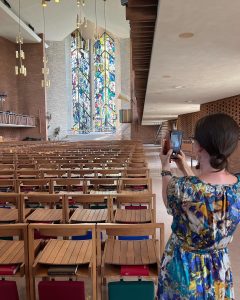On a basement bookshelf of my home sits a framed photograph I’d forgotten about until recently. In that picture, I’m beaming in cap and gown, flanked on either side by my smiling parents as we stand in the backyard garden of a former landlord’s property. That day was muggy and hot (not surprising for May in South Carolina), and I remember my nervous anticipation on that celebratory afternoon–the kind of feeling where you’re not sure if your stomach is buoyed with breathless excitement or clenched in apprehension…or, more likely, both. Either way, you’re holding your breath a bit more than usual.
While milestone moments can seem cliched to focus on, they do often define real junctures, and mine that afternoon certainly did.
I had made all sorts of plans, convinced that I needed to map things out in particular ways. Some of those plans would take dramatic turns I could not yet imagine and most assuredly would not have signed up for. Other parts would morph and unfold far more powerfully and beautifully than I could have sketched out on that May afternoon.
Among the many adventures that I was about to embark on: beginning a graduate program in literature and learning “officially” to teach through pedagogy coursework and through the mother of all learning–critical, sometimes painful experience. All of 22 years old and only a handful of months removed from my own college graduation, I would don blazers and heels to feel more authoritative in those Texas university classrooms as a graduate instructor.
My anxiety to underscore my competence (while understandable) belied the potent force behind transformative teaching and learning: generous reciprocity. I needed–and eventually would come to appreciate–a necessary shift in posture, an openness to being shaped, challenged, and strengthened by the community around me (which I could not control or even fully plan for). Balancing an evolving awareness of and gratitude for self and world is no easy matter; indeed, it proves a fragile, precious thing vital to our own development.
Early in his stunning, slim volume Let Your Life Speak, Parker Palmer writes:
With twenty-one words, carefully chosen and artfully woven, May Sarton evokes the quest for vocation–at least, my quest for vocation–with candor and precision:
Now I become myself.
It’s taken time, many years and places.
I have been dissolved and shaken,
Worn other people’s faces…
What a long time it can take to become the person one has always been! How often in the process we mask ourselves in faces that are not our own. How much dissolving and shaking of ego we must endure before we discover our deep identity–the true self within every human being that is the seed of authentic vocation.
Later in the same chapter, Palmer hints that this process of “authentic” self-discovery is never one of rugged individualism (certain US cultural narratives be damned), but rather something inextricable from the relationships and communal ecosystem surrounding us. We discover and respond to both this sense of self and world, growing and evolving in an always ongoing journey of life-giving reciprocity.
I’ve been thinking more about Palmer lately, in part because of some other work I’m involved in and in part because I’m daily reminded of impending graduations. Our soon-to-be alumni are making the rounds to say goodbye, to share life updates, and to tend to the many details that accompany a leavetaking and life “threshold” moment. These graduates have insight into the delicate balance of “self” and “world” in ways I find admirable and inspiring. They are preparing to lead and especially to serve with grace, humility, and honesty.
In two days’ time, this Friday, May 9th, at 5pm you have the opportunity to see what I mean. Graduating seniors Kuda Chikonyora, Noemi Vela, and Natalya Reister will speak at Baccalaureate–a ceremony preceding Saturday’s commencement programs and one that literally comes full circle from graduates’ convocation four short years ago. Gathering in the Chapel of the Resurrection, standing before the mosaic of sacred stories pieced together in stunning stained glass, each will offer their own story as they reflect on their time at Valpo and the myriad ways they have been shaped by and come to understand the value of community and service.
Kuda heralds this gift as ubuntu, noting the reciprocal showing up and supportive learning animated in robust communities. For Noemi, cultivating one’s self-knowledge and respect engenders honest engagement with the wider world, nurturing boundaries that revitalize relationships. Natalya reflects that ‘service,’ properly understood, is not so much a way of doing as a way of being–something that radiates outward to reinforce in a million small ways what ultimately adds up to both an inheritance and a legacy.

Natalya Reister

Kuda Chikonyora
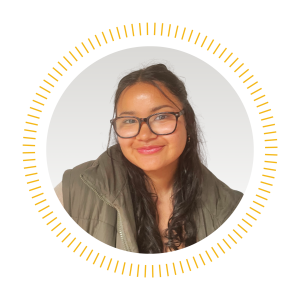
Noemi Vela
Would that we all remember and honor these charges from our eloquent student speakers. We discover ourselves and our calling in service–the deep, honest, reciprocal engagement with the community and world around us. It is a gift we imperfectly proffer, and in so doing must also gracefully receive.
– Dr. Anna Stewart, Director of the Institute for Leadership and Service
The Institute for Leadership and Service is dedicated to preparing students for lives of leadership and service—lives shaped by a sense of calling, equipped for thoughtful reflection, engaged in the larger world, and responsive to its deepest challenges.
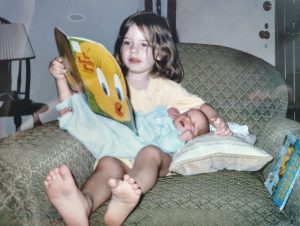
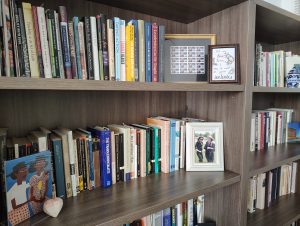
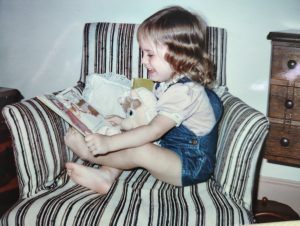
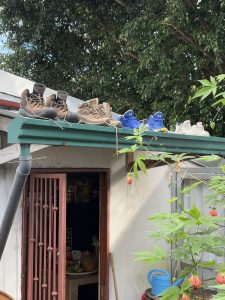
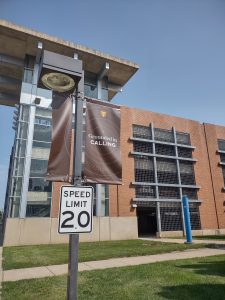 The longer I’m at Valpo, the more I’ve come to appreciate the rituals that bookend our academic year. (Twenty year-old me would not have predicted this.) I enjoy donning those odd, medieval robes, hood, and tam to line up and process down the magnificently long aisle of the Chapel in August, organ music swelling the usually thick, humid air as we welcome new students and the return of the academic calendar’s cycle. This year the cool weather granted us all a reprieve at Convocation–merciful when you’re attired in a polyester and velvet concoction.
The longer I’m at Valpo, the more I’ve come to appreciate the rituals that bookend our academic year. (Twenty year-old me would not have predicted this.) I enjoy donning those odd, medieval robes, hood, and tam to line up and process down the magnificently long aisle of the Chapel in August, organ music swelling the usually thick, humid air as we welcome new students and the return of the academic calendar’s cycle. This year the cool weather granted us all a reprieve at Convocation–merciful when you’re attired in a polyester and velvet concoction.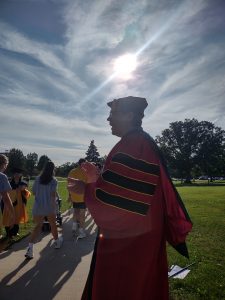
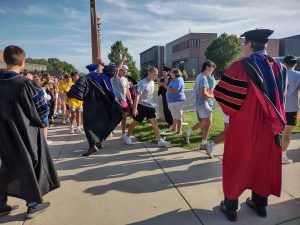

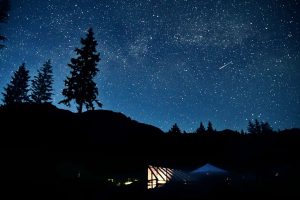

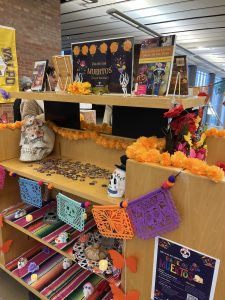 Students and faculty will gather at several locations across campus this week to celebrate Día de los Muertos, a Hispanic cultural tradition honoring loved ones who have passed away. The kick-off event will be an evening of crafting and pozole, a traditional Mexican soup, from 6-8 p.m. on Oct. 30. The Valpo community also had the opportunity to submit photos of their loved ones to be displayed on commemorative ofrendas, Spanish for offerings, on the second floor of the Christopher Center Library, Harre Union, Loke Hall and the Gloria Christi Chapel Nov. 2-8.
Students and faculty will gather at several locations across campus this week to celebrate Día de los Muertos, a Hispanic cultural tradition honoring loved ones who have passed away. The kick-off event will be an evening of crafting and pozole, a traditional Mexican soup, from 6-8 p.m. on Oct. 30. The Valpo community also had the opportunity to submit photos of their loved ones to be displayed on commemorative ofrendas, Spanish for offerings, on the second floor of the Christopher Center Library, Harre Union, Loke Hall and the Gloria Christi Chapel Nov. 2-8.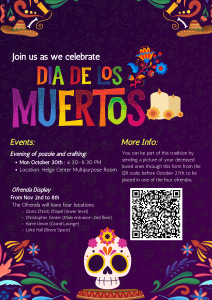
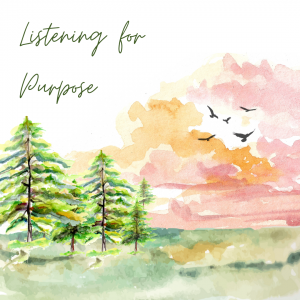
 How is your breathing today? When was the last time you took a deep breath?
How is your breathing today? When was the last time you took a deep breath? 